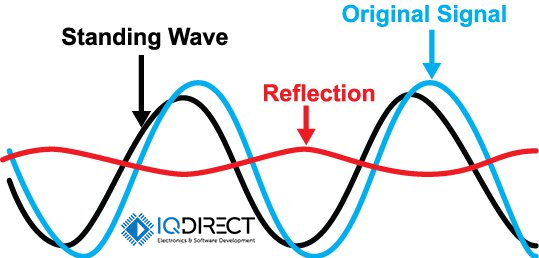What is a SWR?

SWR (Standing Wave Ratio) - in RF engineering and microwave, the ratio of the amplitude of the maximum (in a line) to the amplitude of the minimum (in the same line) of the standing wave in a cable, antenna or waveguide. SWR is a rate of the impedance matching of the load with the internal impedance of the feeder line or waveguide. The problem with mismatched impedance leads to the appearance of unwanted standing waves along the transmission line.
SWR is defined as the ratio of the amplitude of the standing wave (unwanted) in the maximum to the amplitude at the minimum along the transmission line. SWR characterizes the degree of matching of the loading Wi-Fi antenna and the feeder (coaxial cable or feeding waveguide). Sometimes SWR is given for matching the output of the wireless Wi-Fi Access point and it’s feeder.
In practice, there always exists some part of the transmitted energy that is reflected and returned back to the transmitter. Too much reflected energy degrades the operation of the wireless transmitter or can even damage it.



